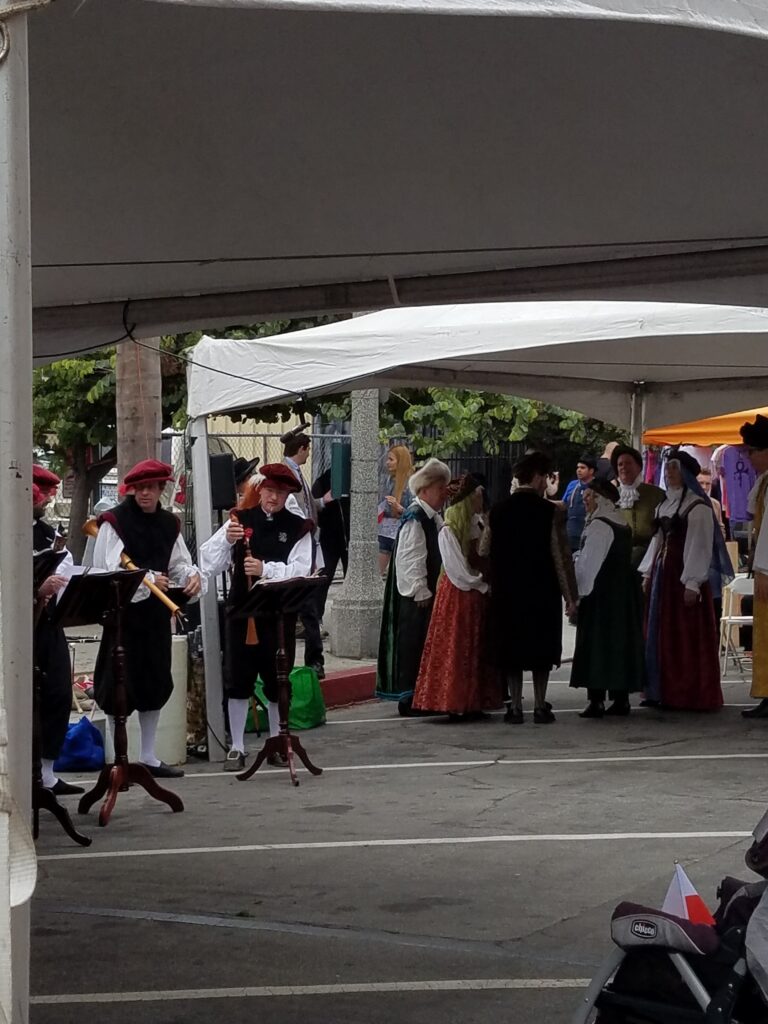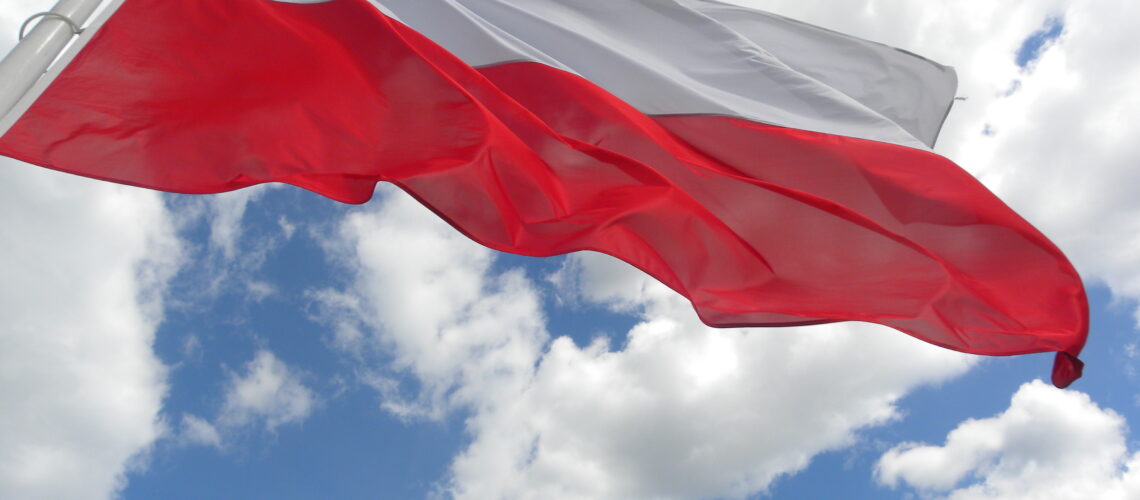
May 3, 2022
May 1, 2 and 3 – public holidays and picnic
The first days of May are both public holidays and the long-awaited free time. This year, after a pandemic drought, we are returning to mass joyful events, as well as more intimate events organized by various institutions. It is worth emphasizing the uniqueness of festive days with white and red flags on your own homes. What do we celebrate on May 1st, May 2nd, and what holiday falls on May 3rd?
May 1 – International Day of Workers’ Solidarity
Known simply as Labor Day. In Poland, it has been celebrated since 1890, but it was established as a public holiday in 1950. In the times of the Polish People’s Republic, numerous parades with obligatory “storm troops” were organized at that time. Many people appeared on these official marches on May 1 just to take advantage of the free refreshments, the symbol of which was a roll with baked sausage. And sausage, as you know, was a scarce commodity in communism times, so the possibility of such consumption on May 1st was truly festive.
In the 1980s, in opposition to the official May Day celebrations, demonstrations were organized by the underground Solidarity. They showed their greatest strength during the martial law period, i.e. in 1982 and 1983. The last May Day parade in the ceremonial setting of the People’s Republic of Poland took place in 1988.
Today, May 1 is a time spent more on spring relaxation, although left-wing circles locally celebrate this holiday by organizing rallies and symbolic parades.
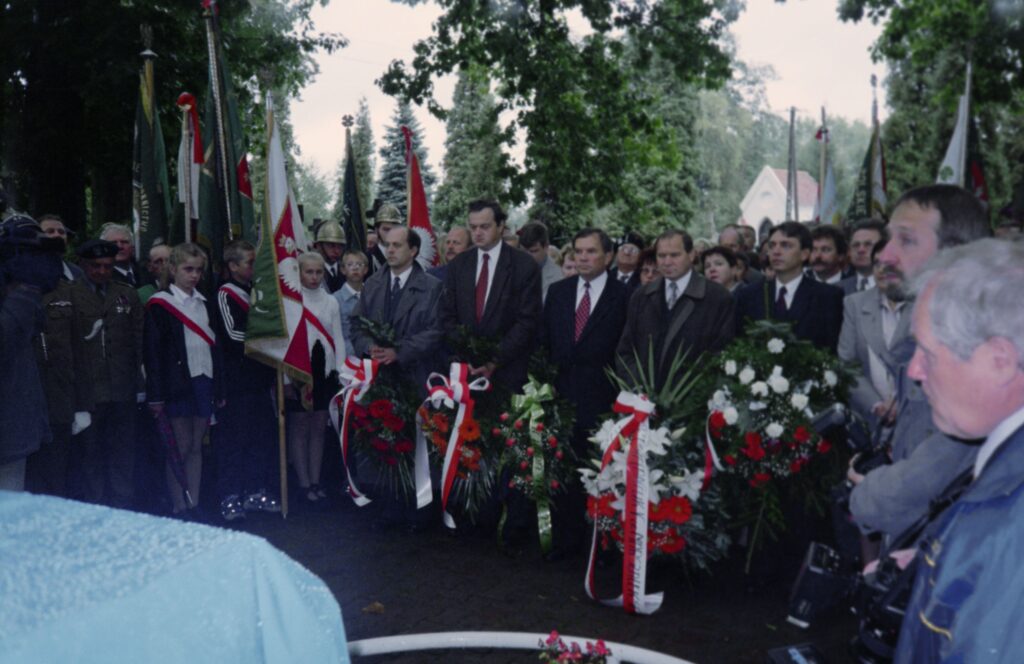
May 2 – Flag Day of the Republic of Poland
Polish national colors have their source in the coat of arms of the Kingdom of Poland and the coat of arms of the Grand Duchy of Lithuania. The white of the Polish flag comes from the white of the eagle, which is the emblem of Poland, and the white of Pogoń – a galloping knight on horseback, i.e. the emblem of Lithuania. Both emblems appear on the red backgrounds of the coat of arms.
On the Polish flag, the white is at the top, because in our heraldry the color of the emblem is more important than the background color. A special act regarding the colors of the Polish flag was adopted by the Seym of the Kingdom of Poland on February 7, 1831.
Flag Day on May 2 is one of the youngest national holidays, established in 2004, and commemorates the history of Polish national colors, symbols and patriotic traditions. The holiday also reminds us to respect the flag and other national symbols.
Usually, on this day, various types of patriotic actions and demonstrations are organized, although it is not a statutory holiday, this year it is Monday.
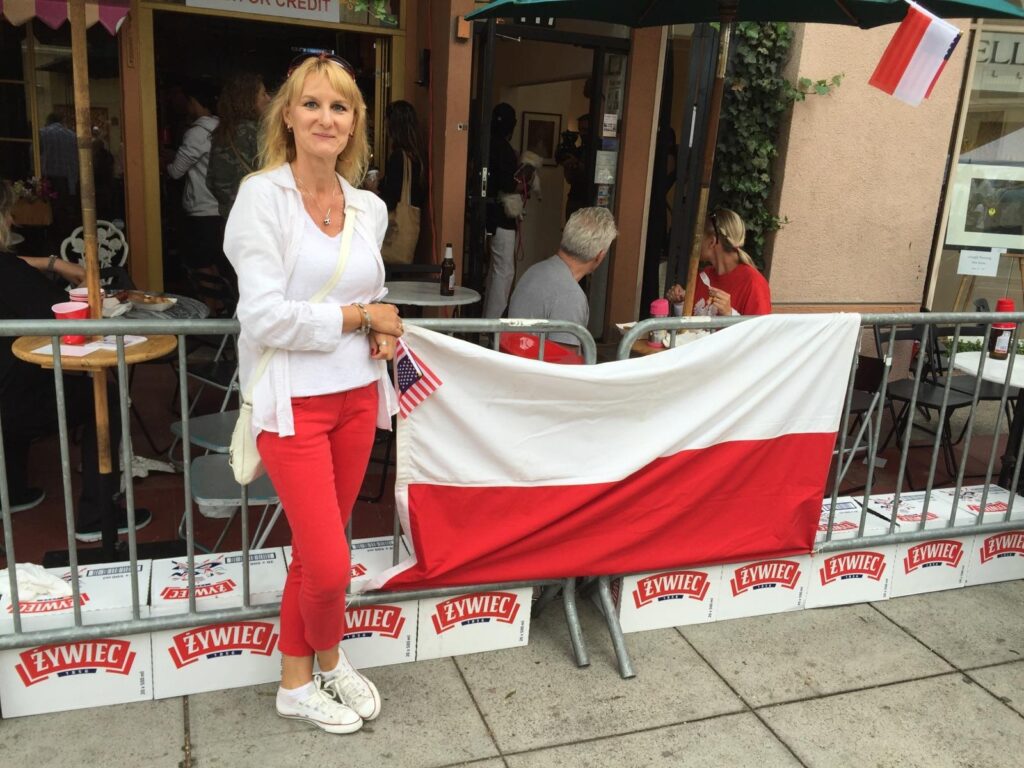
May 3 – the celebration of the adoption of the Constitution of May 3
The official name is: the National Day of the Third May (in accordance with the Act of the Seym of April 6, 1990). This year we are celebrating the 231th anniversary of the adoption by the Grand Seym of the Constitution of May 3 – the basic law regulating the organization of state authorities, and the rights and obligations of citizens. It was the first in Europe and the second – after the US constitution – written constitution in the world. 11 articles of this document introduced the tripartite division of power, hereditary monarchy, legal protection of the peasants and the bourgeoisie, and abolished the liberum veto.
Although it was in force only for a year (after the defeat of the Polish-Russian war, it was annulled by the Russian army and the magnates of the Targowica Confederation, the memory of it and its importance allowed future generations to sustain Polish society’s aspirations for independence. history and culture.
After regaining independence in 1918, the Constitution Day of May 3 was celebrated as the most important public holiday.
During World War II, May 3 was banned, and the communist authorities did not recognize it after the war, replacing it with a substitute in the form of the Labor Day on May 1, to officially abolish the Constitutional Day in 1951.
The breakthrough came with the establishment of Solidarity, which was loudly reprimanded about May 3, although it was not without dramatic moments. The May 3 demonstration of the opposition in 1982, as a result of the brutality of the militia, even resulted in the death of two people.
After the change of the political system in Poland, since 1990, the Constitution Day of May 3 is again one of the most solemnly celebrated public holidays. It is a public holiday. This year it is Tuesday.
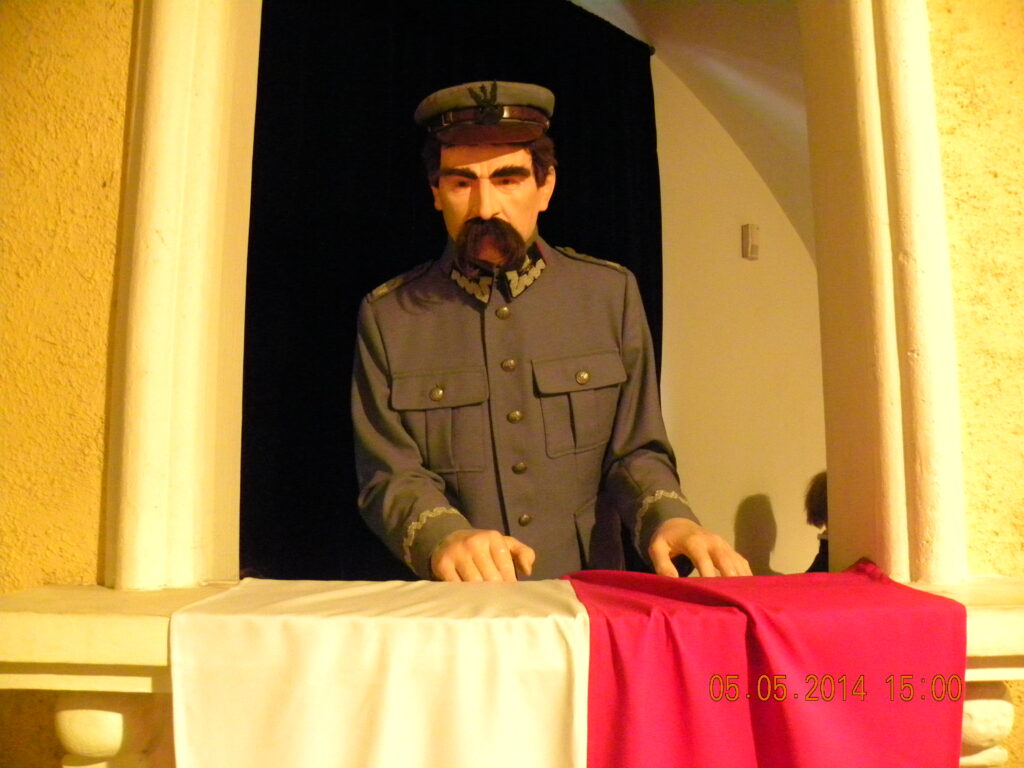
Hanging the flag
Hanging the flag by city residents is voluntary, but you have to remember about certain rules. On May 1, 2 and 3, such obligations are imposed on state institutions and public administration.
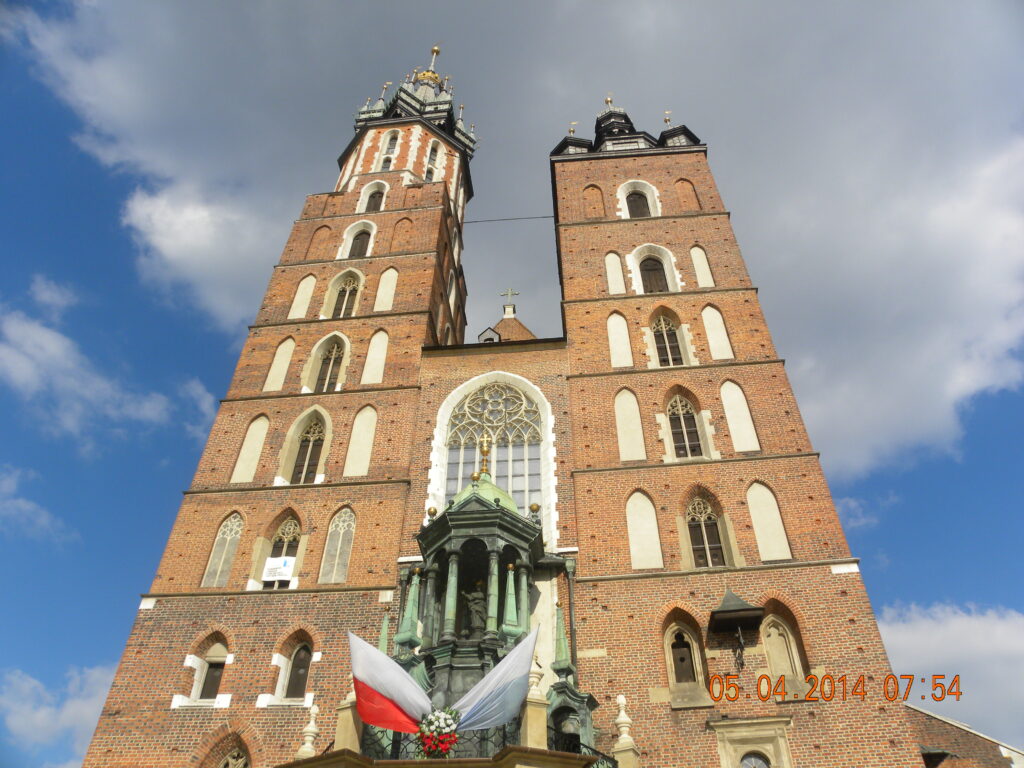
1, 2, i 3 maja – święta państwowe i majówka
Pierwsze dni maja to zarówno święta państwowe, jak i wyczekiwany czas wolny. W tym roku, po pandemicznej posusze, wracamy do masowych radosnych imprez, a także bardziej kameralnych wydarzeń, organizowanych przez różne instytucje. Wyjątkowość świątecznych dni warto podkreślić biało-czerwonymi flagami na własnych domach. Co świętujemy 1 maja, co 2 maja, a jakie święto przypada na 3 maja?
1 maja – Międzynarodowy Dzień Solidarności Ludzi Pracy
Znany po prostu jako Święto Pracy. W Polsce jest obchodzony od 1890 r., jednak świętem państwowym ustanowiony został w roku 1950. W czasach PRL-u w tym terminie organizowano liczne pochody z obowiązkowymi „szturmówkami”. Wiele osób pojawiało się 1 maja na tych oficjalnych marszach tylko po to, żeby skorzystać z darmowego poczęstunku, którego symbolem była bułka z pieczoną kiełbasą. A kiełbasa, wiadomo, była w „komunie″ towarem deficytowym, więc taka możliwość takiej pierwszomajowej konsumpcji miała rzeczywiście świąteczny charakter.
W latach 80., w kontrze do oficjalnych obchodów pierwszomajowych, odbywały się manifestacje, organizowane przez podziemną Solidarność. Największą siłę pokazały w okresie stanu wojennego, tj. w latach 1982 i 1983. Ostatni pochód pierwszomajowy w uroczystej PRL-owskiej oprawie odbył się w 1988 r.
Dziś 1 Maja to czas spędzany bardziej na wiosennym relaksie, choć środowiska lewicowe urządzają lokalnie obchody tego święta podczas wieców, a także symbolicznych pochodów.
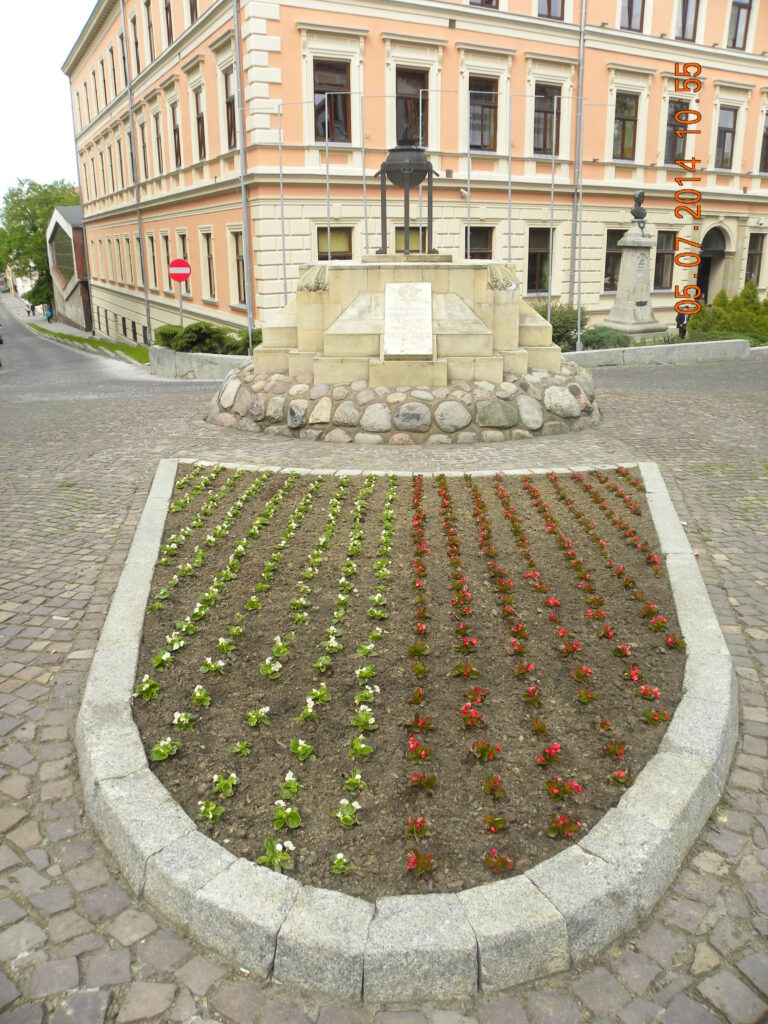
2 maja – Dzień Flagi Rzeczpospolitej Polskiej
Polskie barwy narodowe mają swoje źródło w herbie Królestwa Polskiego i herbie Wielkiego Księstwa Litewskiego. Biel polskiej flagi pochodzi od bieli orła, stanowiącego godło Polski, i bieli Pogoni – rycerza galopującego na koniu, czyli godła Litwy. Oba godła widnieją na czerwonych tłach tarcz herbowych.
Na polskiej fladze biel znajduje się u góry, gdyż w naszej heraldyce ważniejszy jest kolor godła niż tła. Specjalną ustawę, dotyczącą barw polskiej flagi, podjął Sejm Królestwa Polskiego 7 lutego 1831 r.
Dzień Flagi 2 maja to jedno z najmłodszych świąt państwowych, ustanowiono je bowiem w roku 2004, a upamiętnia historię polskich barw narodowych, symboli i tradycji patriotycznych. Święto przypomina również o poszanowaniu flagi i innych symboli narodowych.
Zazwyczaj tego dnia organizowane są różnego rodzaju akcje oraz manifestacje patriotyczne, choć nie jest to dzień ustawowo wolny od pracy, w tym roku przypada na poniedziałek.
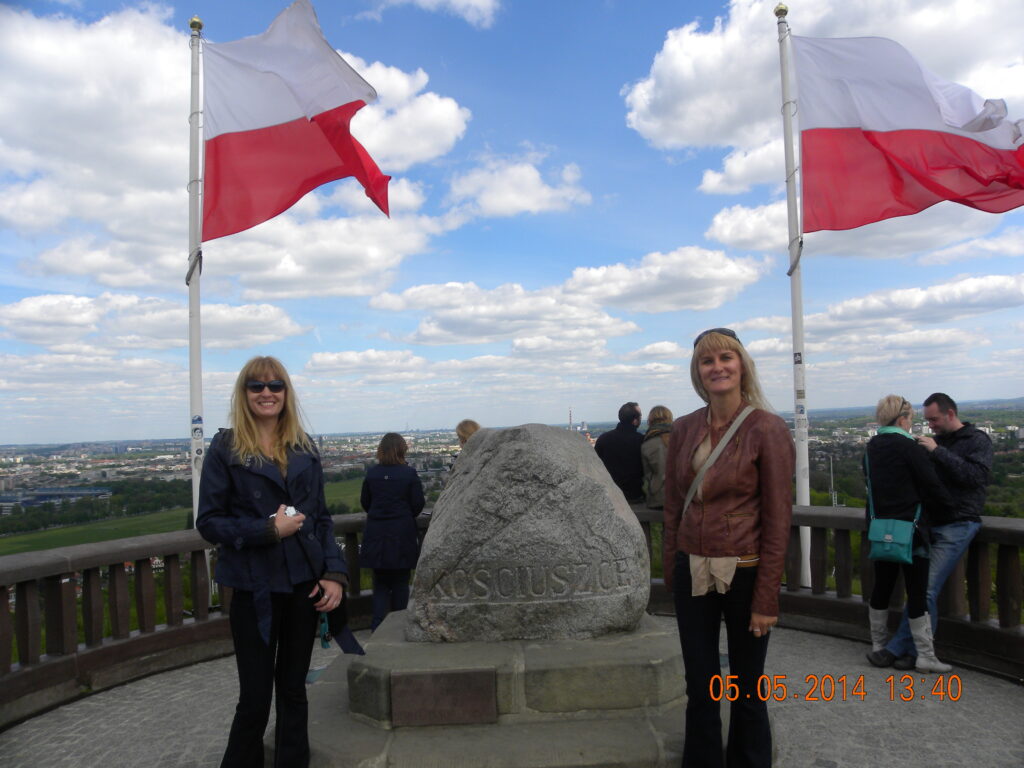
3 maja – święto uchwalenia Konstytucji 3 maja
Oficjalna nazwa brzmi: Święto Narodowe Trzeciego Maja (zgodnie z ustawą sejmową z 6 kwietnia 1990 r.). W tym roku obchodzimy 231. rocznicę uchwalenia przez Sejm Wielki Konstytucji 3 maja – ustawy zasadniczej, regulującej organizację władz państwowych, prawa i obowiązki obywateli. Była ona pierwszą w Europie, a drugą – po konstytucji Stanów Zjednoczonych – spisaną ustawą zasadniczą na świecie. 11 artykułów tego dokumentu wprowadzało trójpodział władzy, monarchię dziedziczną, opiekę prawną nad chłopami i mieszczaństwem oraz znosiło liberum veto.
Mimo że obowiązywała tylko przez rok (po przegranej wojnie polsko-rosyjskiej unieważnili ją armia rosyjska i magnaci z konfederacji targowickiej, pamięć o niej i jej znaczeniu pozwalała kolejnym pokoleniom podtrzymywać dążenia polskiego społeczeństwa do niepodległości. Stała się ukoronowaniem tego, co dobre i oświecone w polskiej historii i kulturze.
Po odzyskaniu niepodległości w roku 1918 roku święto Konstytucji 3 maja obchodzono jako najważniejsze święto państwowe.
Podczas II wojny światowej 3 maja został zdelegalizowany, a władze komunistyczne po wojnie go nie uznawały, zastępując substytutem w postaci Święta Pracy 1 maja, by w 1951 r. oficjalnie święto Konstytucji zlikwidować.
Przełom nastąpił wraz z powstaniem Solidarności, która o 3 maja głośno się upomniała, choć nie obyło się przy tym bez dramatycznych momentów. 3-majowa manifestacja opozycji w 1982 r. na skutek brutalności milicji pociągnęła za sobą nawet śmierć dwóch osób.
Po zmianie w Polsce ustroju, od 1990 r. święto Konstytucji 3 maja należy ponownie do najbardziej uroczyście obchodzonych świąt państwowych. To dzień ustawowo wolny od pracy. W tym roku jest to wtorek.
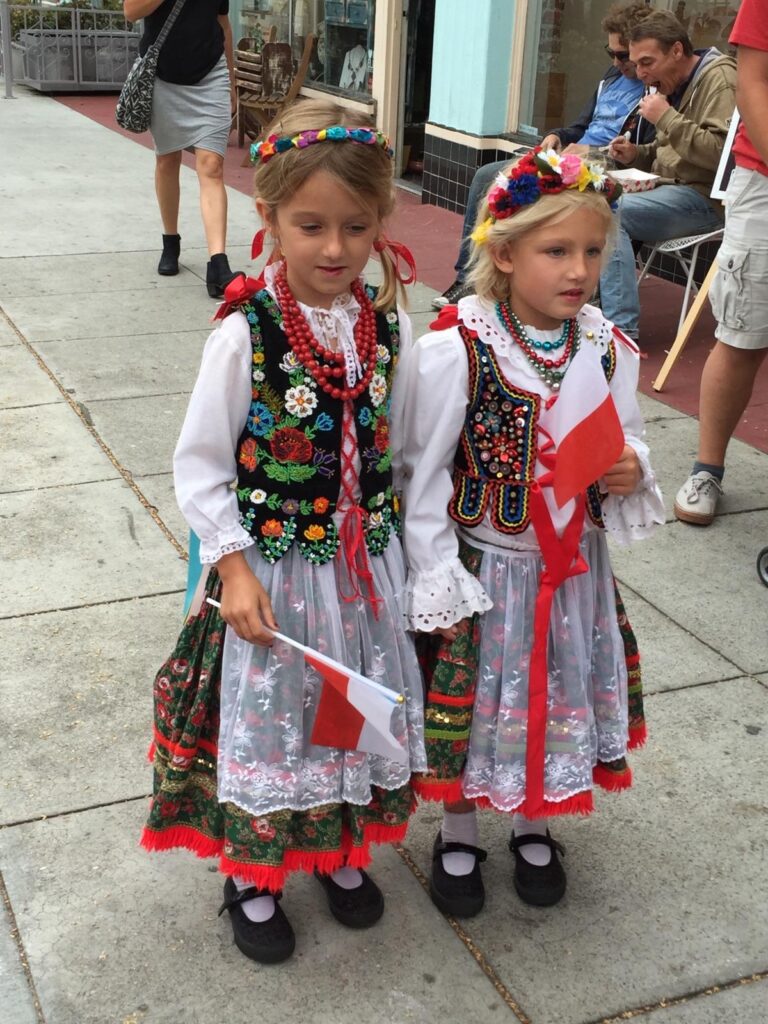
Wywieszanie flagi
Wywieszenie flagi przez mieszkańców miasta jest dobrowolne, trzeba pamiętać jednak o pewnych zasadach. Taki obowiązek 1, 2 i 3 maja mają natomiast instytucje państwowe oraz administracja publiczna.
